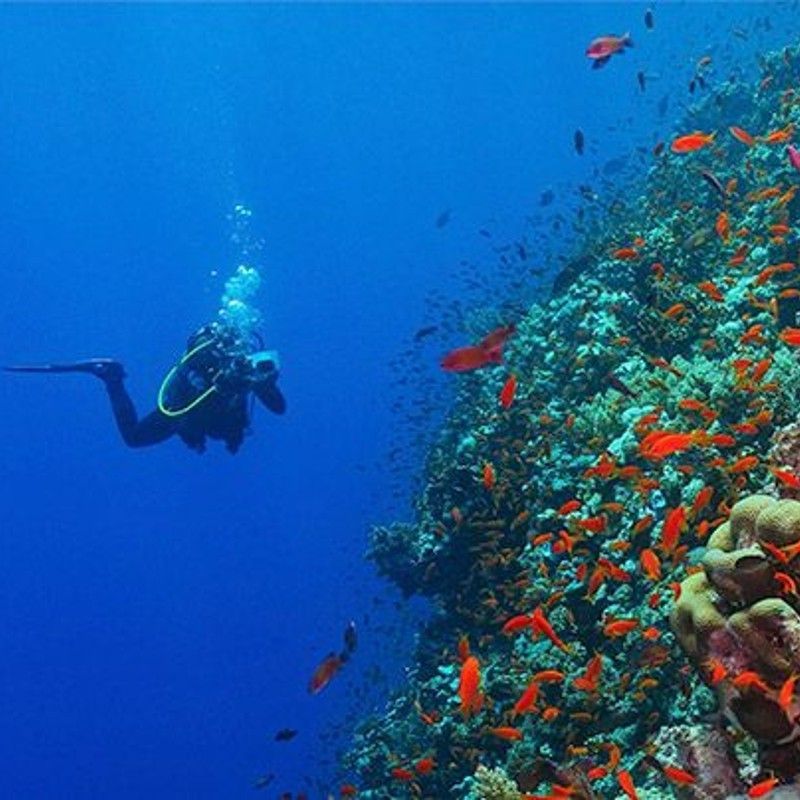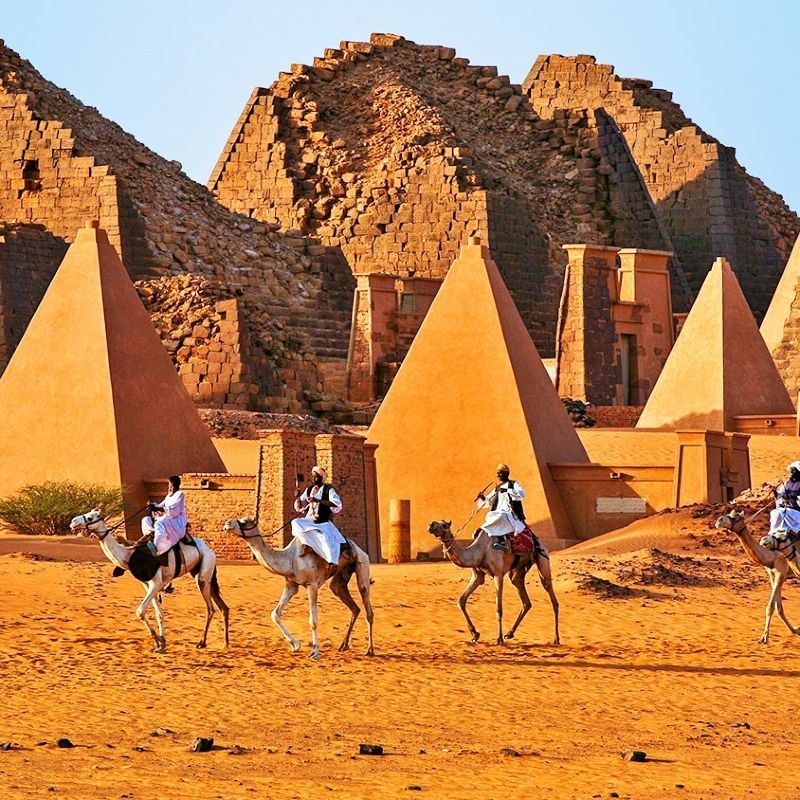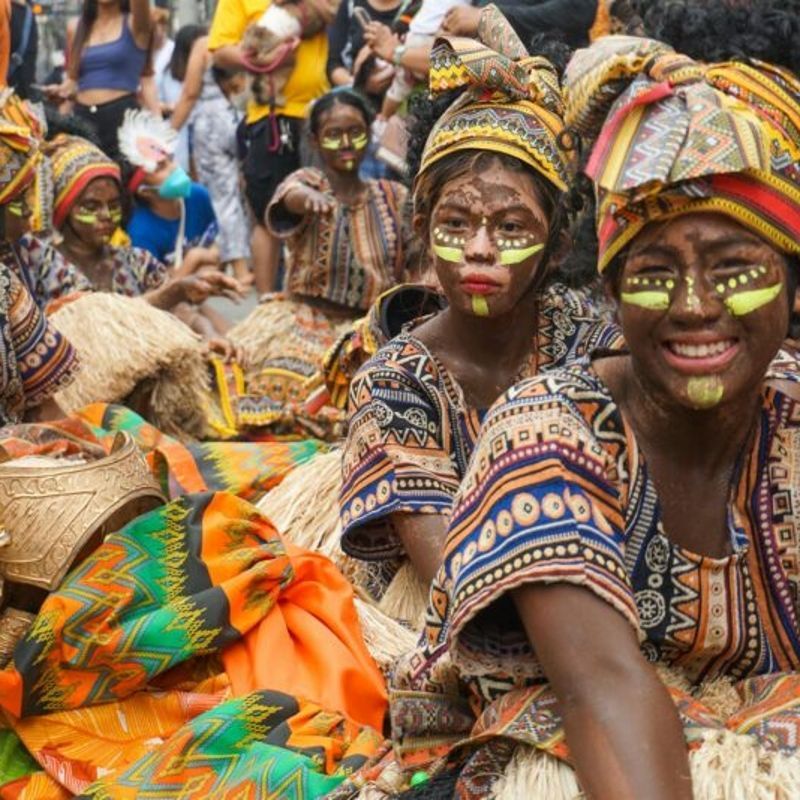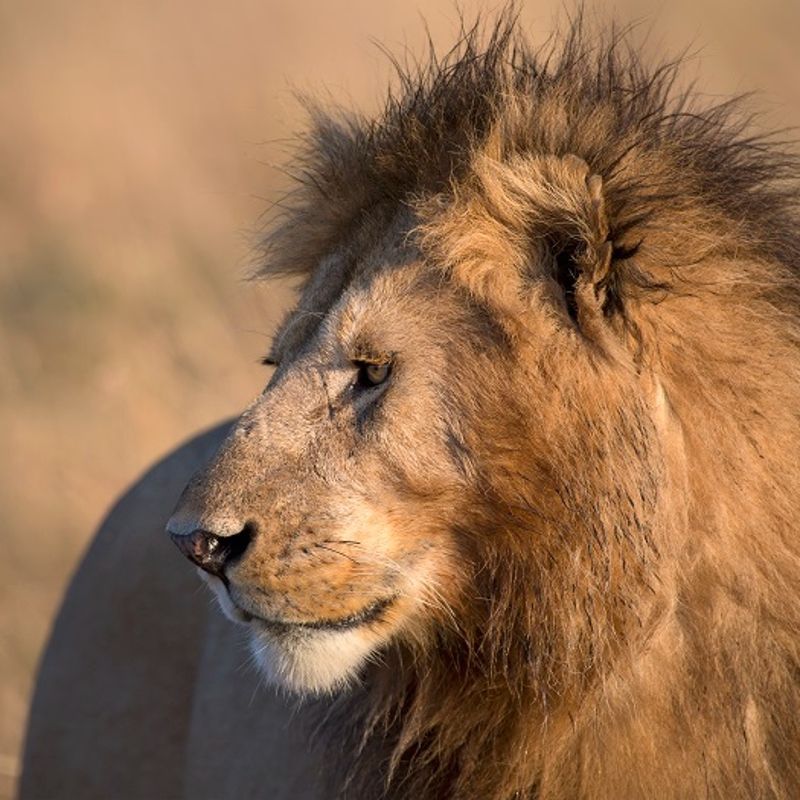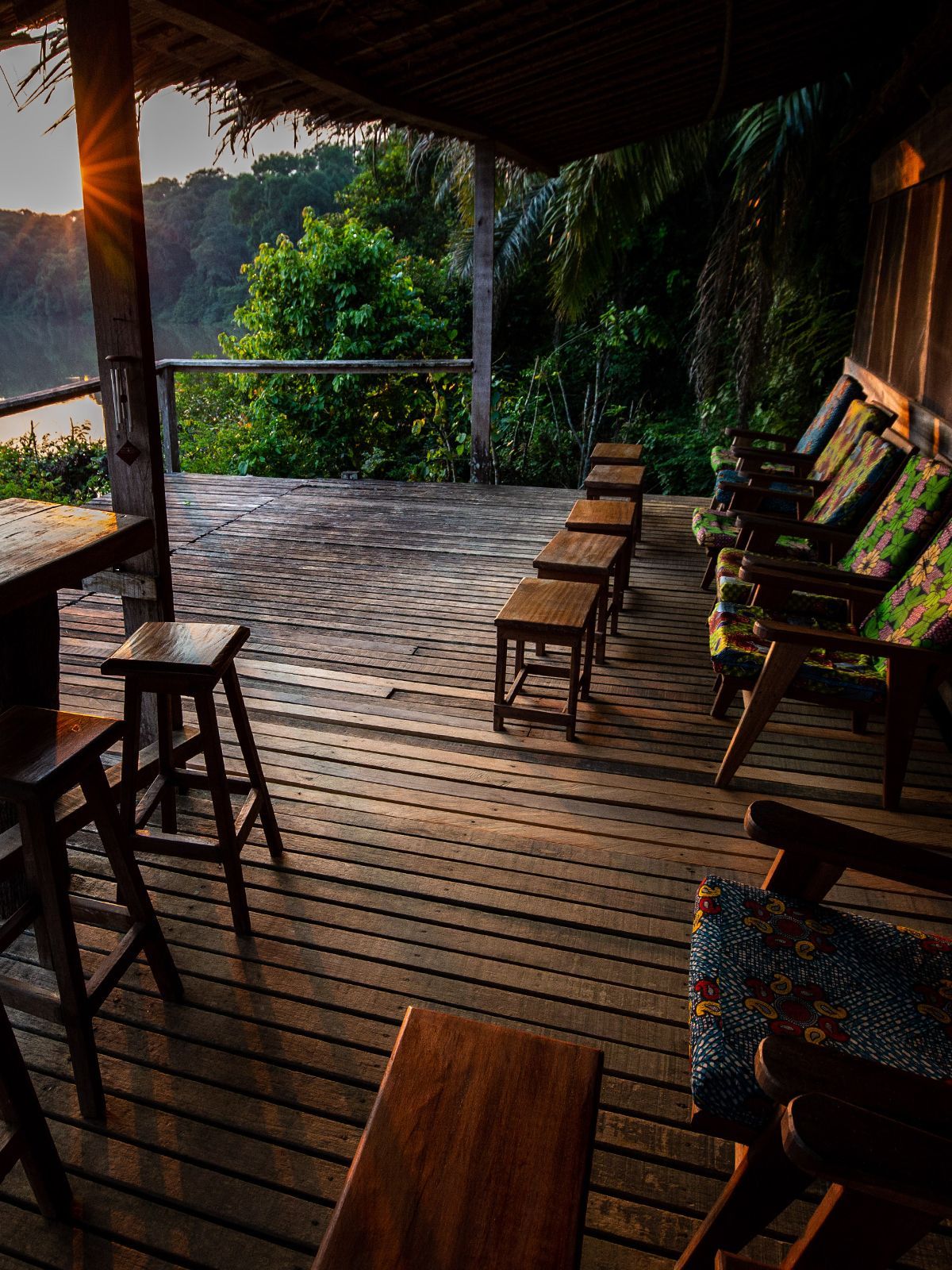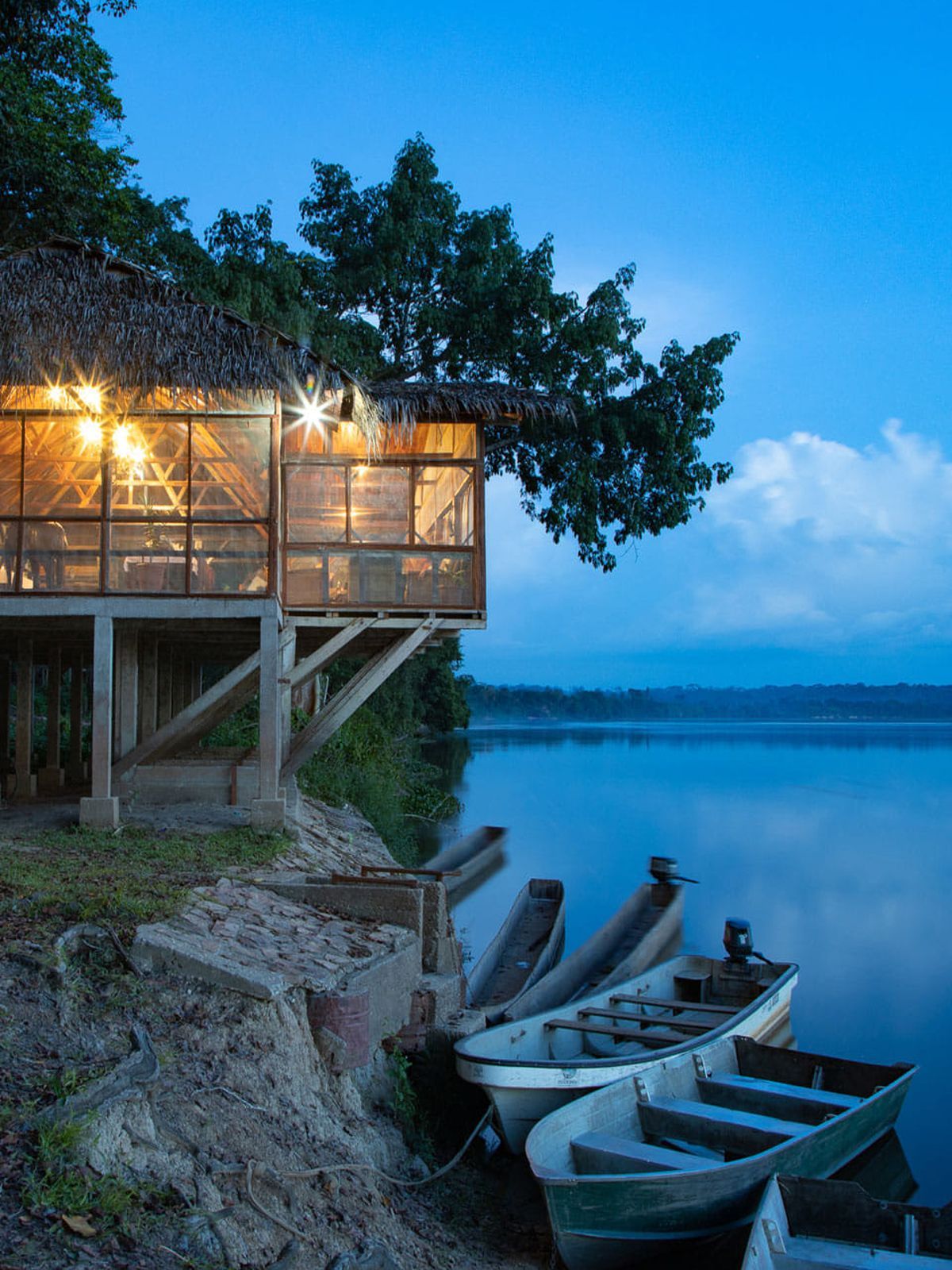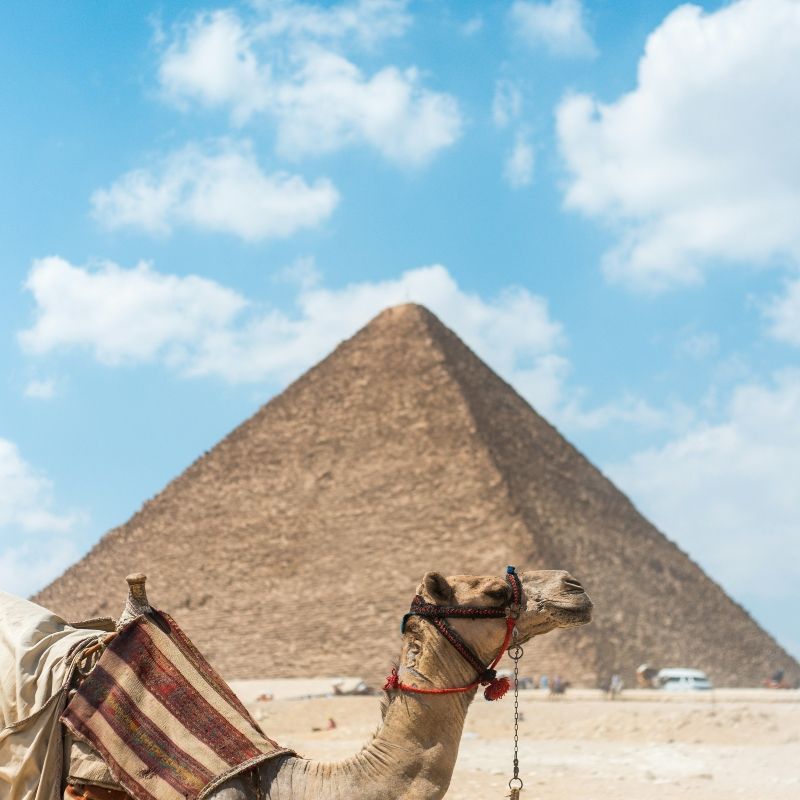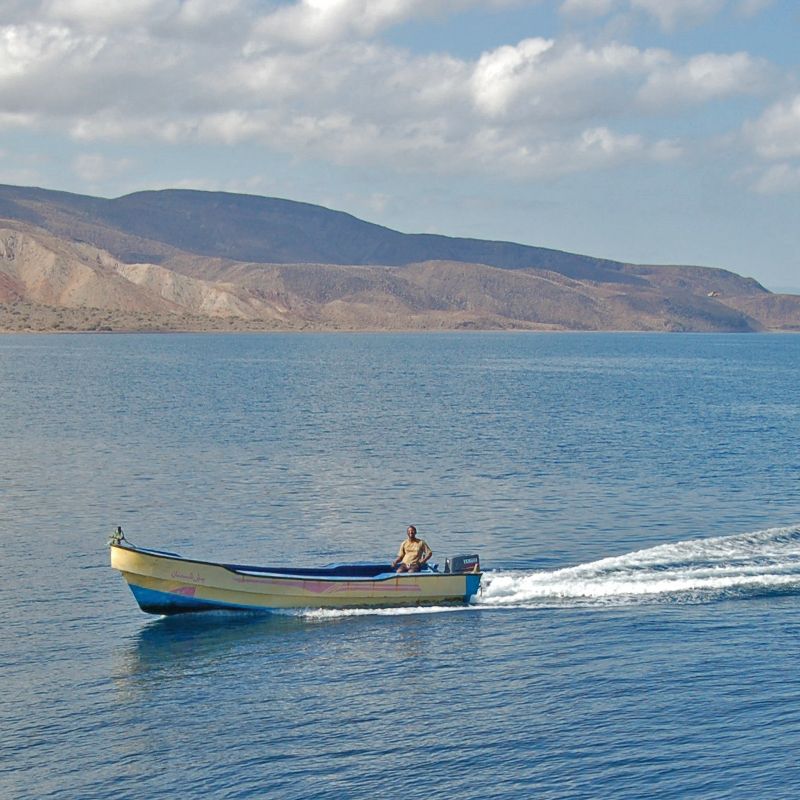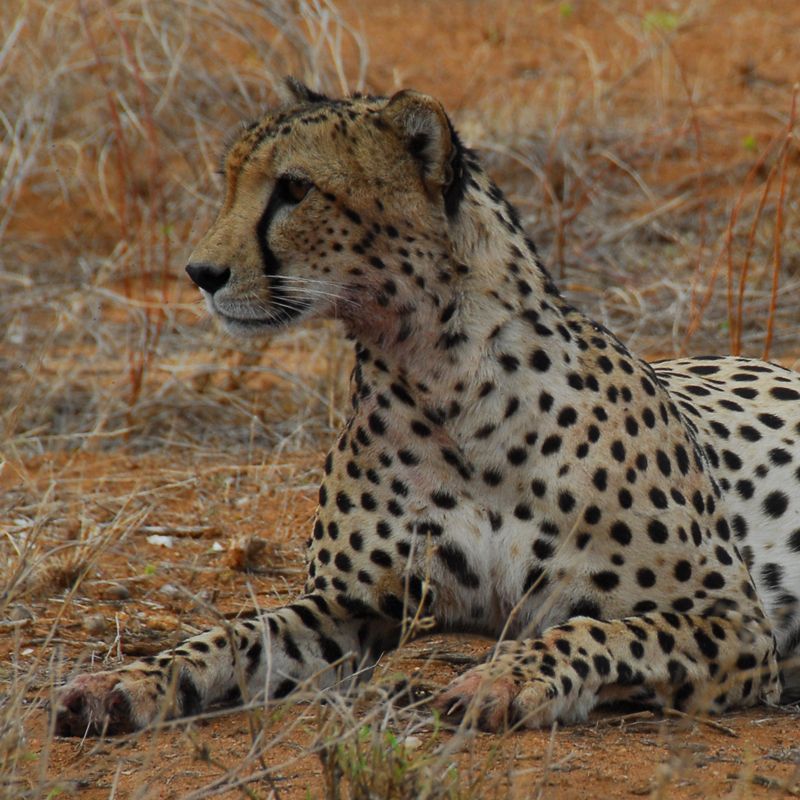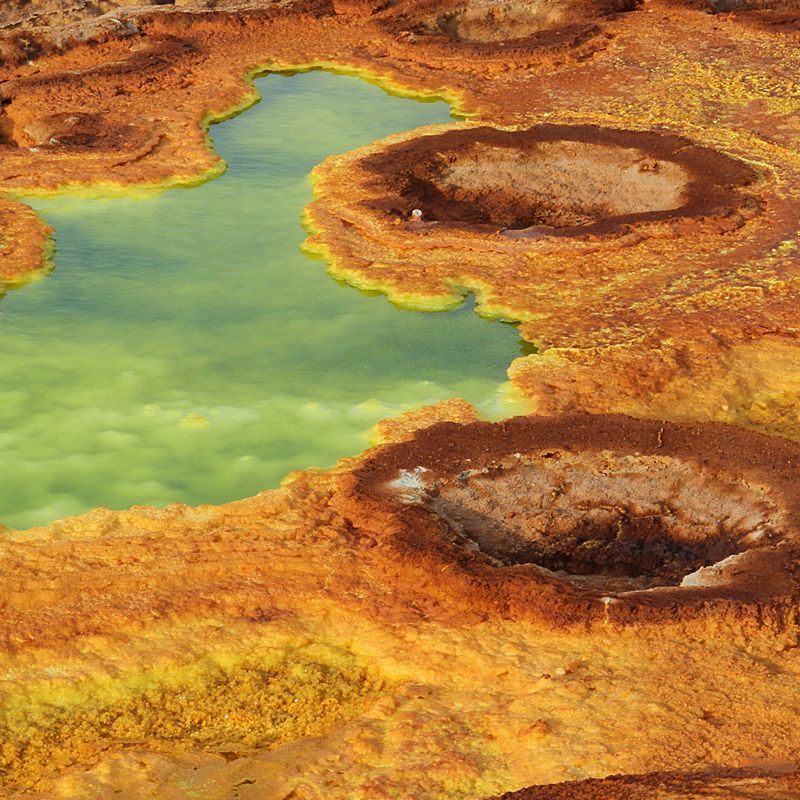Sudan is currently off limit!!!
Because of the civil war that is tearing the country apart, the destination, despite its beauty and historic sites, is not currently accessible ... let's just say it's a little too "hot" for a visit!!!
Work in Progress ... Page Under Construction
Travel to the Sudan
Sudan, located in northeastern Africa, offers a rich mix of history, culture, and natural landscapes, though it is currently off-limits for travel due to the ongoing civil war.
Visitors could explore the country's archaeological heritage, starting with the ancient pyramids of Meroë, remnants of the Kingdom of Kush, offering a glimpse into its ancient civilisation. Khartoum, the capital, marks the confluence of the White and Blue Nile, forming the Nile River. This geographic feature is a key landmark, while the National Museum showcases relics from Nubian kingdoms and other historical periods.
In the town of Karima, Jebel Barkal, a mountain of religious and historical significance, stands near temples and ancient ruins that reveal the region’s past. The surrounding Nubian Desert also adds a distinctive geographical feature to explore.
On the Red Sea coast, Port Sudan serves as an entry point to the underwater world of coral reefs, with diving and snorkelling opportunities that reveal the biodiversity of the Red Sea.
Suakin, once a thriving port, presents a window into Sudan’s maritime history, with its crumbling coral buildings hinting at the city’s former importance in regional trade.
Despite its wealth of historical and cultural destinations, Sudan remains inaccessible to travelers at present due to the ongoing conflict. The country's unique attractions await a time when they can once again be safely explored.
Start planning your tailor-made safari holiday
Must Visit in Sudan
Sudan, rich in ancient history and diverse landscapes,
while currently off-limit, offers captivating sites
Pyramids of Meroë
These are a large number of Nubian pyramids, encompassing three cemeteries near the ancient city of Meroë, dating to the later stage of the Kingdom of Kush. A burial places for Kushite monarchs, they offer a fascinating insight into Sudan's rich archaeological history.
Jebel Barkal
A UNESCO World Heritage site, Jebel Barkal or Gebel Barkal is a mesa or large rock outcrop 400 km north of Khartoum. This sacred mountain is surrounded by temples and ruins dating to the Napatan period, making it a significant cultural and historical landmark in Sudan's Nubian Desert.
Khartoum
Sudan's capital city at the confluence of the White Nile – flowing north from Lake Victoria – and the Blue Nile, flowing west from Lake Tana in Ethiopia, Khartoum offers museums and vibrant markets, providing an introduction to Sudan's contemporary and historical cultures.
Suakin
Once a vital Red Sea port, Suakin, situated in the northeastern part of the country, now stands as a hauntingly beautiful ruin of coral-built structures, reflecting Sudan's medieval and Ottoman history. The site offers a unique glimpse into the region's maritime heritage.
Nubian Desert
A vast, arid landscape dotted with ancient ruins and small Nubian villages in the eastern region of the Sahara. The Nubian Desert offers adventure and a connection to Sudan's history through its isolated archaeological sites and unique desert scenery.
Port Sudan
The country's main seaport and the source of most of the country's international trade, this coastal city on the Red Sea is a gateway for diving and snorkelling enthusiasts, offering access to vibrant coral reefs and an underwater world rich with marine biodiversity.
Kerma
The capital city of the ancient Kerma culture, it is one of the oldest cities in Afric. Kerma features archaeological sites like the Deffufa, an ancient mud-brick temple, providing insight into early Nubian civilisations and their cultural and architectural achievements.
Dinder National Park
Located near the Ethiopian border, Dinder National Park is Sudan’s largest wildlife reserve and one of the oldest parks in Africa. It is home to various species of mammals and birds, offering opportunities for wildlife viewing in a remote savannah landscape.
Sudan in Video
Nothing documents a destination better than a short video and that applies to Sudan as well.
Take a look at our Inspiration Africa YouTube Channel where you will find many travel related videos about Africa; don't forget to SUBSCRIBE to be kept up to date with new posts.
Must Do in Sudan
Each destination offers its own experiences and here are some "must do" activities to experience in Sudan!
Best Time to visit Sudan
The best time to visit Sudan is during the cooler months from November to February, when temperatures are more moderate, making it ideal for exploring archaeological sites like the pyramids of Meroë and the temples of Jebel Barkal. This period is also great for visiting Khartoum and experiencing the Nile confluence.
From March to May, temperatures begin to rise, and travel can be more challenging, especially in desert regions like the Nubian Desert. However, early spring might still offer tolerable conditions for visiting historical and coastal areas.
The rainy season, from June to September, brings higher humidity, particularly in the south. While the Red Sea coast near Port Sudan can still be visited for diving and snorkelling, inland travel may be more difficult due to the rains and heat.
October is a transitional month, providing a break from the intense summer heat before the cooler season begins.
Bear in mind that each season has its own particularities, and that a non-advised season may well correspond perfectly to your specific needs.
Receive our travel inspirations in your mailbox
Sudan Travel Tips
By default, since we only work on a tailor-made basis, each of our travel projects will always be accompanied by our travel tips on the destinations to be visited. These will of course be adapted to the type of trip envisaged and the reality of the activities and places visited. If you would like general travel advice for Sudan, please don't hesitate to contact us via the "contact us" button.
Where to Stay in Sudan
Sudan offers a range of accommodations that reflect its diverse landscapes and cultural heritage. Our mission is to help you select what you like best. While inviting you to explore new options.
Sudan Combines Well With
Sudan combines well with several neighboring countries for those seeking diverse cultural,
historical, and natural experiences in northeastern Africa. For example:



